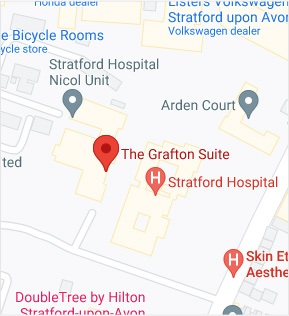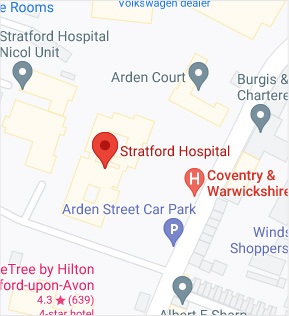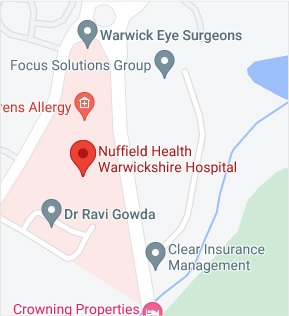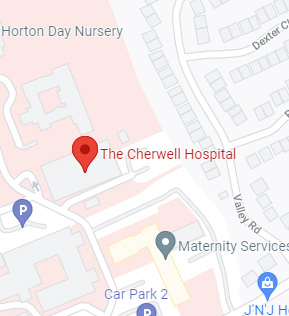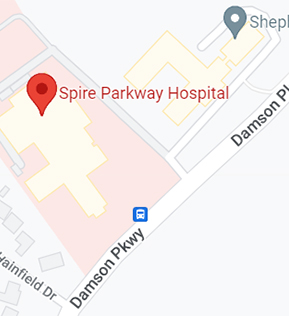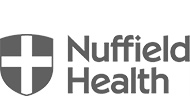What is a Partial Rotator Cuff Tear?
A partial rotator cuff tear is an incomplete tear that involves damage to a part of the tendon. The tear can be at the top, bottom or inner side of the tendon and does not go all the way through the tendon completely.
A rotator cuff is a group of 4 muscles in the shoulder joint that include the supraspinatus, infraspinatus, teres minor, and subscapularis. These muscles originate in the scapula and attach to the head of the humerus through tendons. The rotator cuff forms a sleeve around the humeral head and glenoid cavity, providing stability to the shoulder joint while enabling a wide range of movements. Rotator cuff tears can be complete where the tendon separates from the bone.
Symptoms
A partial rotator cuff tear is asymptomatic in many people. Some people experience symptoms such as:
- Pain in the shoulder region and upper arm
- Pain while sleeping on your affected arm or lifting heavy objects over the shoulder level
- Stiffening and weakness of the arm can occur
Causes
Ageing is the most common cause of a partial rotator cuff tear. Other causes can include overhead activities, sports or a fall on an outstretched arm.
Diagnosis
Your doctor will perform specific movements of your shoulder to identify the weakness of the rotator cuff muscles. Diminished strength indicates a tendon tear. X-rays will be ordered to identify any bony abnormalities that might be irritating the rotator cuff. Ultrasound test and MRI confirms the diagnosis.
Treatment
Partial rotator cuff tears can be often treated without surgery. Treatment options include:
- Taking prescribed pain medications to manage pain
- Avoiding activities that trigger symptoms
- Physiotherapy to regain strength and mobility
- Injection of a steroid (cortisone) and a local anaesthetic in the subacromial space of the affected shoulder to relieve inflammation and pain
Damage involving more than 90% of the depth of the tendon may require surgery. Miniature surgical instruments are used to remove the damaged part of the tendon and injured surrounding tissue. The ends of the tendon are then sewn back together.
Prevention
Partial rotator cuff tears can be prevented by:
- Quitting the use of tobacco (smoking) and alcohol
- Performing regular strengthening exercises for your shoulder
- Maintaining good posture while sitting, standing or walking
- Taking breaks while performing repetitive overhead activities
- Switching sides often when carrying a heavy bag


 REQUEST AN APPOINTMENT
REQUEST AN APPOINTMENT



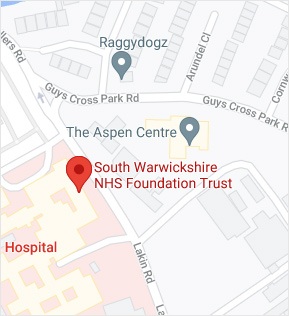
 Ext 4798
Ext 4798